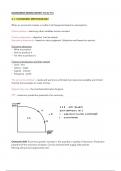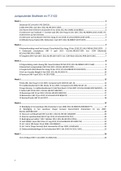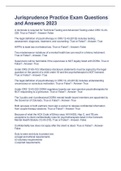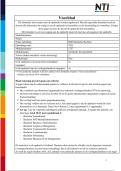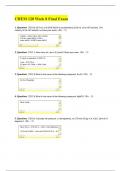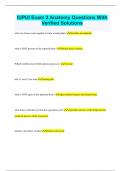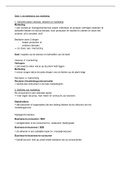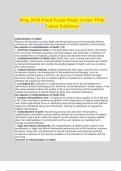Notas de lectura
First and second year Microeconomics A level AQA notes
- Grado
- Institución
Year 1 and year 2 full microeconomics notes for the a level AQA economics course. Includes diagrams and explanations. It includes everything you need to know.
[Mostrar más]
